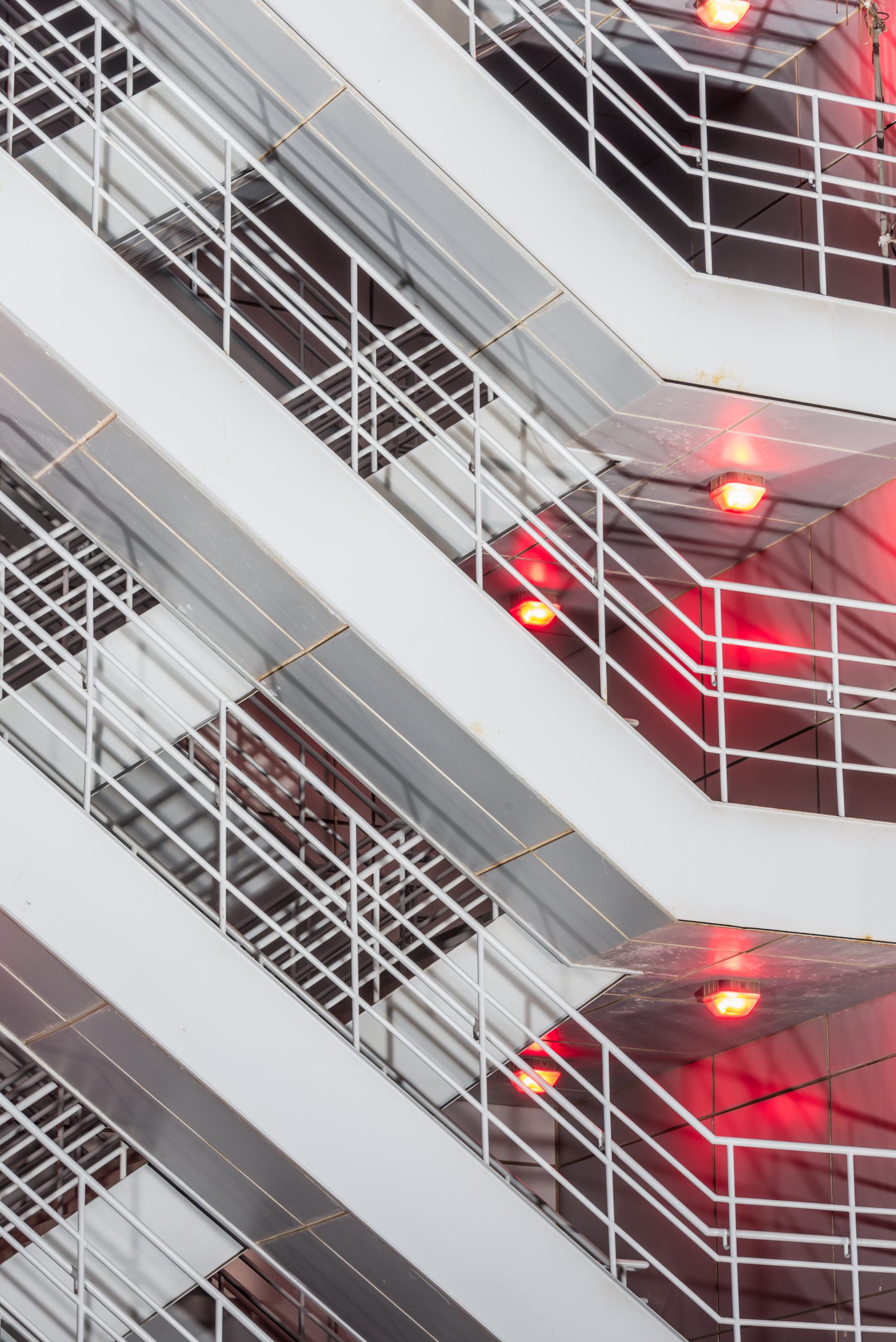Decarbonization is the process of reducing greenhouse gas (GHG) emissions from the use of fossil fuels in various sectors, such

Buildings are complex systems, housing thousands of interconnected components that work together to provide safety, comfort, and functionality for their occupants. Among the most critical elements of any building are its emergency systems, which safeguard lives during crises and ensure operational continuity. Mechanical, Electrical, and Plumbing (MEP) engineers play a pivotal role in integrating these systems, designing them to meet stringent safety standards and functionality requirements. This article delves into the essential emergency systems in MEP design, their importance, and how InnoDez, a leader in MEP engineering, excels in creating comprehensive, reliable solutions to prepare buildings for the unexpected.
Emergency systems in MEP design refer to the infrastructure and technologies embedded in buildings to respond to emergencies, such as fires, power outages, natural disasters, or hazardous material leaks. These systems prioritize the safety of occupants, minimize property damage, and ensure critical operations can continue even under duress.
Key emergency systems include:
MEP engineers are tasked with designing systems that are not only efficient and sustainable during normal operations but also robust enough to function effectively in emergencies. Their role includes:
Fire is one of the most common and devastating emergencies a building can face. MEP engineers design fire suppression systems to detect, control, and extinguish fires, limiting damage and protecting lives.
InnoDez’s Expertise: At InnoDez, fire suppression systems are designed to meet NFPA standards while ensuring seamless integration with other building systems, such as HVAC and power.
In a power outage, emergency power systems ensure that critical equipment and life-safety systems remain operational. MEP engineers must plan for redundancy and reliability in these systems.
InnoDez’s Approach: InnoDez specializes in designing robust emergency power systems that guarantee uninterrupted operations for commercial and residential buildings alike.
Smoke poses a significant threat during fires, often causing more fatalities than the fire itself. MEP engineers design smoke control systems to manage and evacuate smoke from buildings, allowing safe evacuation.
InnoDez’s Implementation: Using advanced modeling tools, InnoDez ensures that smoke control systems comply with codes like the International Mechanical Code (IMC) and NFPA 92.
Plumbing systems play a critical role in emergencies, particularly for fire suppression and sanitation during disasters.
InnoDez’s Contribution: InnoDez designs plumbing systems with redundancy and reliability, ensuring compliance with the International Plumbing Code (IPC) and other standards.
In emergencies, clear visibility and guidance are vital for safe evacuation. Emergency lighting and exit signage ensure that occupants can navigate their way out, even in power outages or smoke-filled conditions.
InnoDez’s Lighting Solutions: By adhering to standards such as NFPA 101 (Life Safety Code), InnoDez delivers lighting designs that enhance occupant safety.
Emergency systems are expensive to implement, but cutting corners can lead to non-compliance and increased risks. MEP engineers must strike a balance between cost and functionality.
Buildings in areas prone to earthquakes, hurricanes, or floods require specialized emergency systems.
Modern buildings increasingly rely on automation and IoT devices, which must seamlessly integrate with emergency systems.
Regulations are constantly updated, and staying compliant requires MEP engineers to remain vigilant and informed.
InnoDez is a leader in MEP engineering, renowned for its ability to design emergency systems that are robust, compliant, and cost-effective. Here’s how InnoDez sets itself apart:
The team at InnoDez stays up-to-date with all major codes and standards, including the IBC, NEC, NFPA, and ASHRAE guidelines.
InnoDez uses state-of-the-art design tools and simulations to model emergency systems, ensuring optimal performance under real-world conditions.
InnoDez designs systems that not only prepare buildings for emergencies but also enhance sustainability through energy-efficient and eco-friendly solutions.
Whether it’s a high-rise building in a seismic zone or a healthcare facility requiring advanced redundancy, InnoDez delivers customized solutions that meet specific project needs.
As the world faces new challenges like climate change, pandemics, and cyber threats, emergency systems in MEP design must evolve. Future trends include:
InnoDez’s Vision: As a forward-thinking company, InnoDez is at the forefront of integrating these cutting-edge technologies into its MEP designs, ensuring that buildings are ready for whatever the future holds.
Emergency systems are the backbone of building safety, ensuring that occupants are protected and critical operations can continue during crises. From fire suppression and emergency power to smoke control and exit lighting, these systems are essential components of MEP design.
InnoDez, with its expertise in MEP engineering, stands out as a trusted partner for designing emergency systems that are compliant, reliable, and tailored to project-specific needs. By leveraging advanced technology, adhering to stringent codes, and prioritizing sustainability, InnoDez prepares buildings to face the unexpected with confidence.
Whether you’re planning a new construction project or retrofitting an existing structure, trust InnoDez to deliver MEP designs that safeguard lives and property. Reach out today to ensure your building is ready for the unexpected.
About Author
Xhuljo Jakup